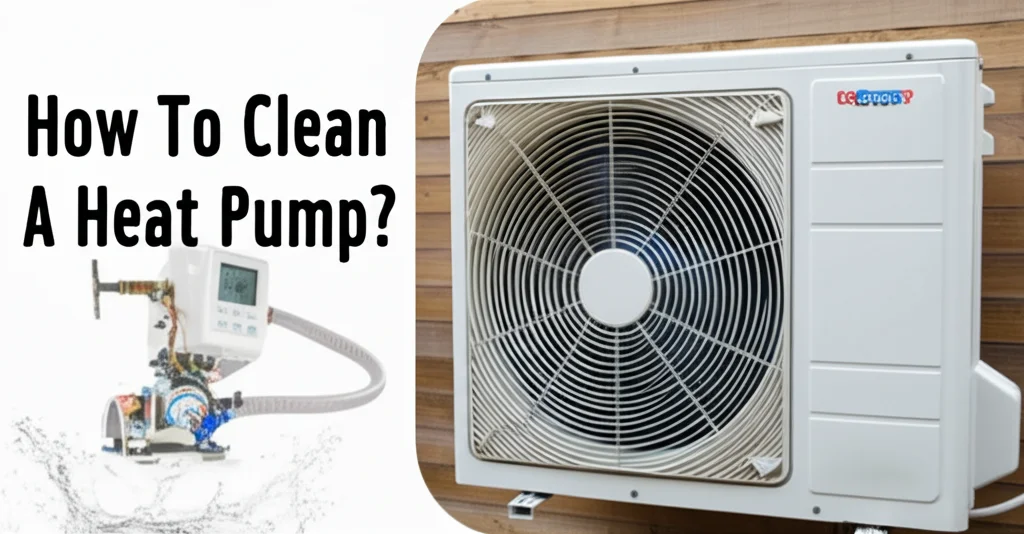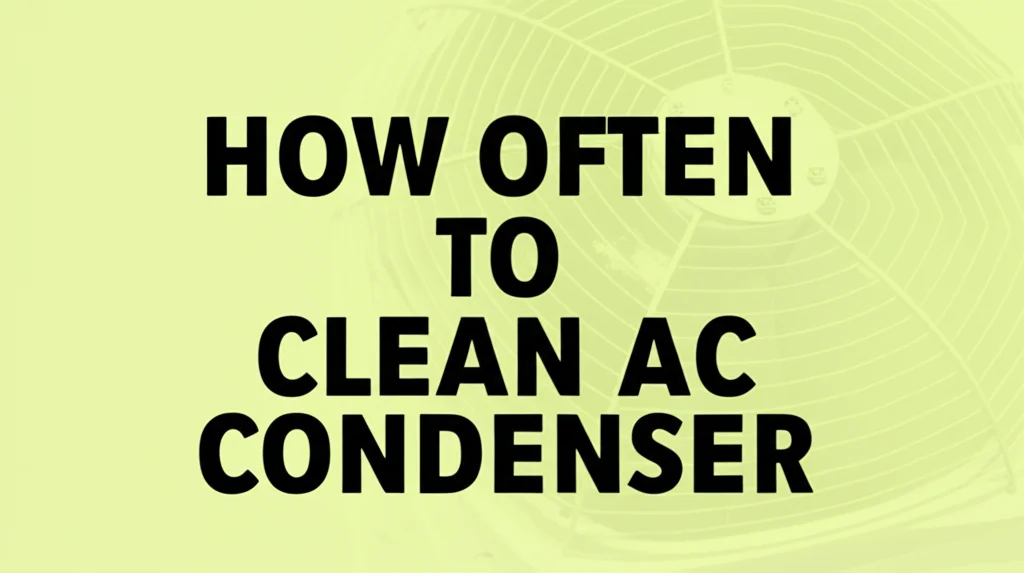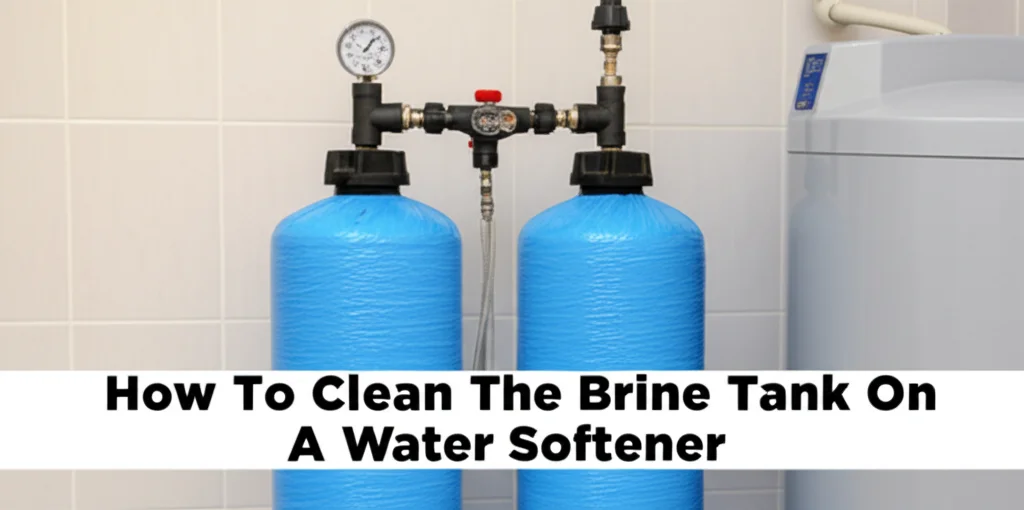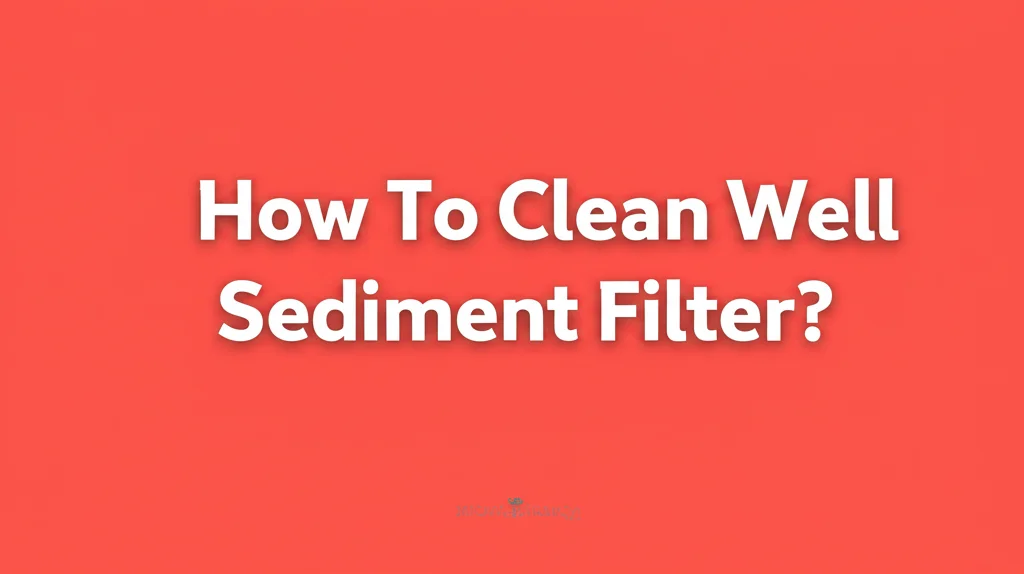· Home Maintenance · 7 min read
How To Clean A Heat Pump?

Keeping Your Comfort Cool (and Warm): How to Clean a Heat Pump
Is your heat pump working as efficiently as it should? A clean heat pump isn’t just about aesthetics; it’s about maintaining optimal performance, lowering energy bills, and extending the life of your system. Many homeowners overlook regular cleaning, leading to decreased efficiency and potential costly repairs. This article will guide you through a comprehensive heat pump cleaning process, covering both the indoor and outdoor units. We’ll break down each step, ensuring you can confidently maintain your heat pump for years to come. Let’s dive in and learn how to clean a heat pump, ensuring your home stays comfortable all year round.
Quick Answer: To clean a heat pump, turn off the power, clear debris from the outdoor unit, wash the coils with a coil cleaner, vacuum the indoor unit, and replace or clean the air filter regularly.
Takeaway:
- Regular cleaning improves heat pump efficiency.
- Clear debris from the outdoor unit.
- Clean coils with a specialized coil cleaner.
- Maintain the indoor unit with vacuuming and filter changes.
Why Cleaning Your Heat Pump Matters
Think of your heat pump like any other machine – it needs regular care to function properly. Dust, dirt, leaves, and other debris can accumulate on the coils, restricting airflow and forcing the system to work harder. This increased strain leads to higher energy consumption and can eventually cause components to fail. Cleaning your heat pump regularly prevents these issues, saving you money and extending the lifespan of your investment. A well-maintained heat pump also provides better air quality inside your home. Ignoring maintenance can lead to expensive repairs or even the need for a complete system replacement.
Understanding Your Heat Pump: Indoor vs. Outdoor Units
Before we start cleaning, let’s understand the two main components of a heat pump. The outdoor unit, often resembling an air conditioner, is responsible for extracting heat from the outside air (in winter) or releasing heat to the outside air (in summer). The indoor unit, typically part of your furnace or air handler, distributes the heated or cooled air throughout your home. Both units require regular cleaning, but the methods differ. Knowing the difference between these units will help you tailor your cleaning approach. Each component plays a vital role in the overall efficiency of your heating and cooling system.
Cleaning the Outdoor Heat Pump Unit: A Step-by-Step Guide
The outdoor unit is exposed to the elements, making it prone to accumulating dirt and debris. Here’s how to clean it effectively:
1. Safety First: Power Down!
Before you begin any cleaning, always turn off the power to the heat pump at the breaker box. This is crucial for your safety and prevents damage to the unit. Double-check that the power is off before proceeding. Ignoring this step could result in electric shock or damage to the system.
2. Clear the Surrounding Area
Remove any plants, leaves, branches, or other obstructions within two feet of the outdoor unit. This ensures proper airflow and allows you to access all sides of the unit for cleaning. Overgrown vegetation can restrict airflow and reduce efficiency.
3. Remove Loose Debris
Use a soft brush or vacuum with a brush attachment to remove loose debris from the fins. Be gentle, as the fins are delicate and can easily bend. Bent fins restrict airflow and reduce efficiency. A fin comb can be used to straighten bent fins, but proceed with caution.
4. Coil Cleaning: The Heart of the Matter
The coils are the most important part to clean. You’ll need a specialized heat pump coil cleaner, available at most hardware stores. Follow the instructions on the cleaner carefully. Typically, you’ll spray the cleaner onto the coils, let it sit for the recommended time, and then rinse it off with a gentle stream of water from a garden hose. Avoid using high pressure, as this can damage the fins. Using the wrong cleaner can corrode the coils, so choose a product specifically designed for heat pumps. If you’re unsure, consider contacting a professional HVAC technician.
5. Fan Cleaning
Inspect the fan blades for dirt and debris. Carefully clean them with a soft brush or damp cloth. Ensure the fan blades are dry before restoring power to the unit. A dirty fan reduces airflow and can strain the motor.
Cleaning the Indoor Heat Pump Unit: Maintaining Air Quality
The indoor unit requires a different approach to cleaning, focusing on air quality and airflow.
1. Air Filter Replacement: A Monthly Task
The air filter is the first line of defense against dust and allergens. Check your air filter monthly and replace it when it’s dirty. A clogged filter restricts airflow and reduces efficiency. Using a high-efficiency particulate air (HEPA) filter can improve air quality, but it may require more frequent replacement.
2. Vacuuming the Blower Compartment
Turn off the power to the indoor unit. Open the access panel and carefully vacuum the blower compartment to remove dust and debris. Be gentle and avoid damaging any wires or components. A clean blower compartment ensures efficient airflow and prevents dust from circulating through your home.
3. Cleaning the Evaporator Coil (If Accessible)
Some indoor units allow access to the evaporator coil. If you can access it, use a coil cleaner specifically designed for indoor use to gently clean the coil. Follow the instructions on the cleaner carefully. Cleaning the evaporator coil improves cooling efficiency and air quality. If you’re uncomfortable accessing the coil, it’s best to call a professional.
4. Drain Pan Cleaning
The drain pan collects condensation from the cooling process. Regularly check and clean the drain pan to prevent mold and mildew growth. You can use a mild bleach solution (1 part bleach to 10 parts water) to disinfect the pan. A clogged drain pan can cause water damage and mold growth. You can also pour a cup of vinegar down the drain line monthly to prevent clogs.
When to Call a Professional
While many heat pump cleaning tasks can be done yourself, some situations require professional help. If you notice any of the following, it’s time to call an HVAC technician:
- Refrigerant leaks
- Electrical issues
- Unusual noises
- Significant performance decline
- Difficulty accessing or cleaning components
A professional can perform a thorough inspection and cleaning, ensuring your heat pump is operating safely and efficiently. They have the tools and expertise to handle complex repairs and maintenance tasks. Regular professional maintenance can extend the life of your heat pump and prevent costly breakdowns.
FAQ: Your Heat Pump Cleaning Questions Answered
Q: How often should I clean my heat pump? A: Ideally, clean the outdoor unit at least twice a year – once in the spring and once in the fall. Check and replace the air filter monthly.
Q: Can I use a pressure washer to clean the outdoor unit? A: No, a pressure washer can damage the delicate fins. Use a gentle stream of water from a garden hose.
Q: What type of coil cleaner should I use? A: Use a coil cleaner specifically designed for heat pumps. Avoid harsh chemicals that can corrode the coils.
Q: How do I know if my air filter needs replacing? A: Check the filter monthly. If it’s visibly dirty or clogged, replace it.
Q: Is it safe to clean the heat pump myself? A: Yes, if you follow the safety precautions outlined in this article, including turning off the power.
Q: What happens if I don’t clean my heat pump? A: Reduced efficiency, higher energy bills, potential component failure, and decreased lifespan are all possible consequences.
Conclusion: Breathe Easy with a Clean Heat Pump
Cleaning your heat pump is a simple yet effective way to maintain its performance, save money on energy bills, and extend its lifespan. By following the steps outlined in this guide, you can keep your system running smoothly for years to come. Remember to prioritize safety, use the right cleaning products, and don’t hesitate to call a professional when needed. A clean heat pump means a comfortable home and peace of mind. So, take the time to clean your heat pump – your wallet and your comfort will thank you!




